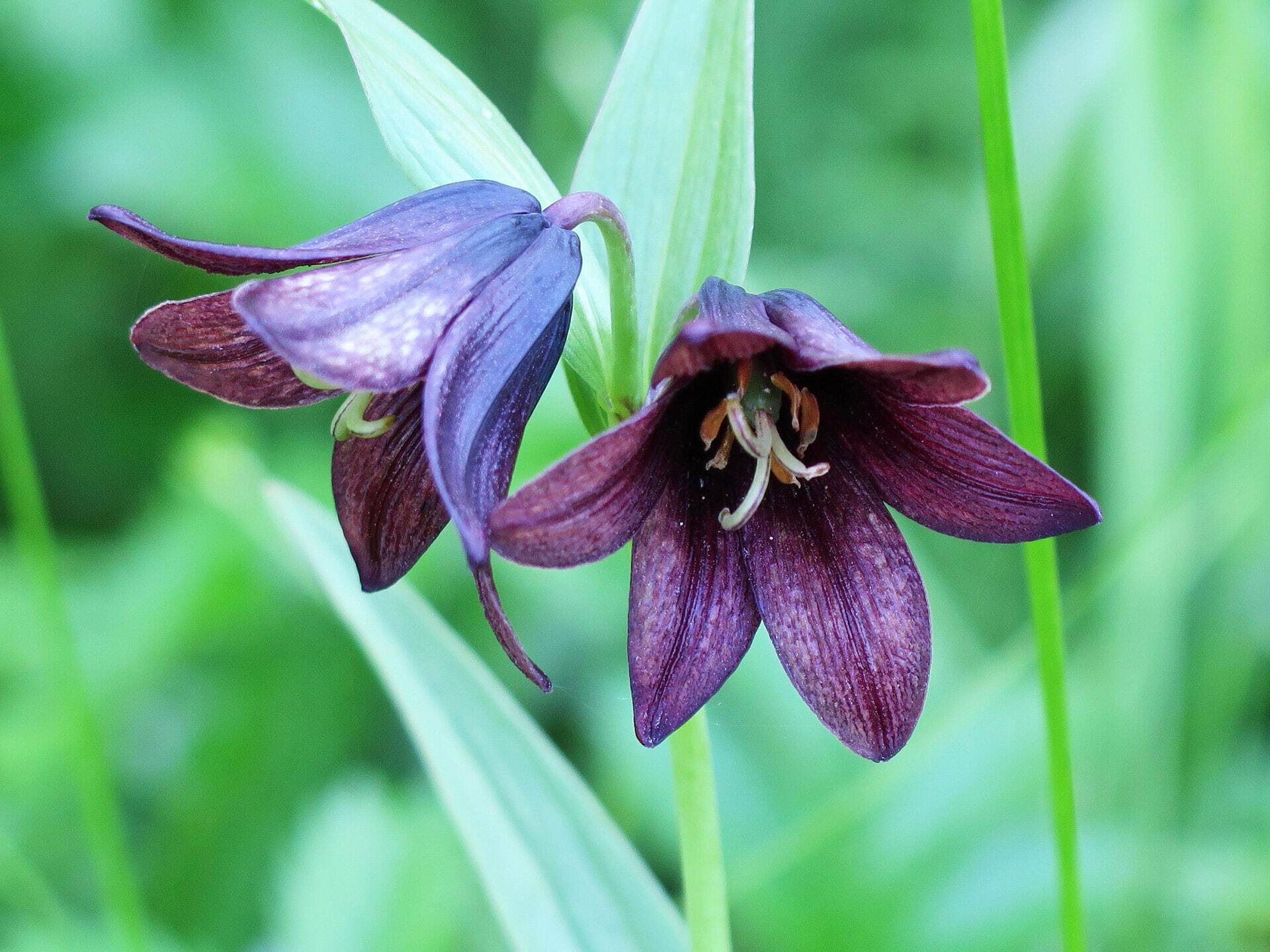
What is a Chocolate Lily? Chocolate Lily, also known as Dichopogon strictus, is a fascinating plant native to Australia. Why is it called Chocolate Lily? The name comes from its delightful chocolate-like scent. What makes it special? This plant isn't just about its smell; it also has edible tubers that Indigenous Australians have used for centuries. Where can you find it? Chocolate Lilies thrive in grasslands, woodlands, and open forests. Why should you care? Learning about Chocolate Lily connects us to nature and the rich cultural heritage of Indigenous Australians. Ready to learn more? Let's dive into 15 intriguing facts about this unique plant!
What is a Chocolate Lily?
The Chocolate Lily is a fascinating plant known for its unique characteristics. Native to Australia and New Zealand, this plant has captured the interest of botanists and nature enthusiasts alike. Let's dive into some intriguing facts about this remarkable flora.
-
Chocolate Scent: The Chocolate Lily gets its name from the chocolate-like scent of its flowers. This sweet aroma is especially noticeable during warm weather.
-
Scientific Name: Its scientific name is Dichopogon strictus. The genus name, Dichopogon, means "two-bearded," referring to the plant's distinctive flower structure.
-
Edible Roots: Indigenous Australians have long used the roots of the Chocolate Lily as a food source. These tuberous roots are rich in nutrients and can be eaten raw or cooked.
Unique Characteristics of Chocolate Lily
This plant stands out not just for its scent but also for its appearance and growth habits. Here are some unique characteristics that make the Chocolate Lily special.
-
Purple Flowers: The flowers of the Chocolate Lily are typically a vibrant purple, adding a splash of color to the landscape.
-
Height: Chocolate Lilies can grow up to 60 centimeters tall, making them quite noticeable in their natural habitats.
-
Flowering Season: These plants usually bloom in late spring to early summer, providing a seasonal treat for those who come across them.
Habitat and Distribution
Understanding where the Chocolate Lily thrives can give us more insight into its ecological preferences and distribution.
-
Native Regions: Chocolate Lilies are native to Australia and New Zealand, particularly thriving in open forests and grasslands.
-
Soil Preference: They prefer well-drained soils and can often be found in sandy or loamy environments.
-
Sunlight Needs: These plants thrive in full sun to partial shade, making them versatile in various lighting conditions.
Ecological Importance
The Chocolate Lily plays a significant role in its ecosystem, contributing to biodiversity and supporting other species.
-
Pollinators: The flowers attract a variety of pollinators, including bees and butterflies, which are crucial for the plant's reproduction.
-
Soil Health: The roots of the Chocolate Lily help improve soil health by breaking up compacted soil and adding organic matter.
Cultural Significance
Beyond its ecological role, the Chocolate Lily holds cultural importance, especially among Indigenous communities.
-
Traditional Medicine: Indigenous Australians have used parts of the Chocolate Lily in traditional medicine, believing it to have healing properties.
-
Culinary Uses: The tubers of the Chocolate Lily were not only a food source but also a delicacy in some Indigenous cultures.
Conservation Status
Like many native plants, the Chocolate Lily faces challenges that threaten its survival.
-
Threats: Habitat loss due to urbanization and agriculture poses a significant threat to the Chocolate Lily's natural populations.
-
Conservation Efforts: Efforts are being made to conserve this plant through habitat protection and cultivation in botanical gardens.
Chocolate Lily's Sweet Secrets
Chocolate Lily, with its unique aroma and charming appearance, offers more than just a pretty face. This plant, native to Australia and New Zealand, has a rich history and cultural significance. Indigenous peoples have long used its edible tubers as a food source, showcasing its practical value. Despite its name, the Chocolate Lily isn't related to chocolate but gets its name from the sweet scent of its flowers.
Gardeners love it for its low maintenance and ability to thrive in various conditions. Plus, it attracts pollinators, making it a great addition to any garden. Whether you're a plant enthusiast or just curious, the Chocolate Lily's blend of beauty and utility makes it a fascinating subject. So next time you spot one, you'll know there's more to this plant than meets the eye.
Was this page helpful?
Our commitment to delivering trustworthy and engaging content is at the heart of what we do. Each fact on our site is contributed by real users like you, bringing a wealth of diverse insights and information. To ensure the highest standards of accuracy and reliability, our dedicated editors meticulously review each submission. This process guarantees that the facts we share are not only fascinating but also credible. Trust in our commitment to quality and authenticity as you explore and learn with us.


